Building a Compact Balcony Compost Bin
Plan Your Space and Set Expectations
Measure your available floor area, confirm weight limits, and review building guidelines for containers on balconies. A full two-bucket system often weighs less than a large planter. Ask your property manager about leachate control, drainage, and visibility requirements before drilling anything.
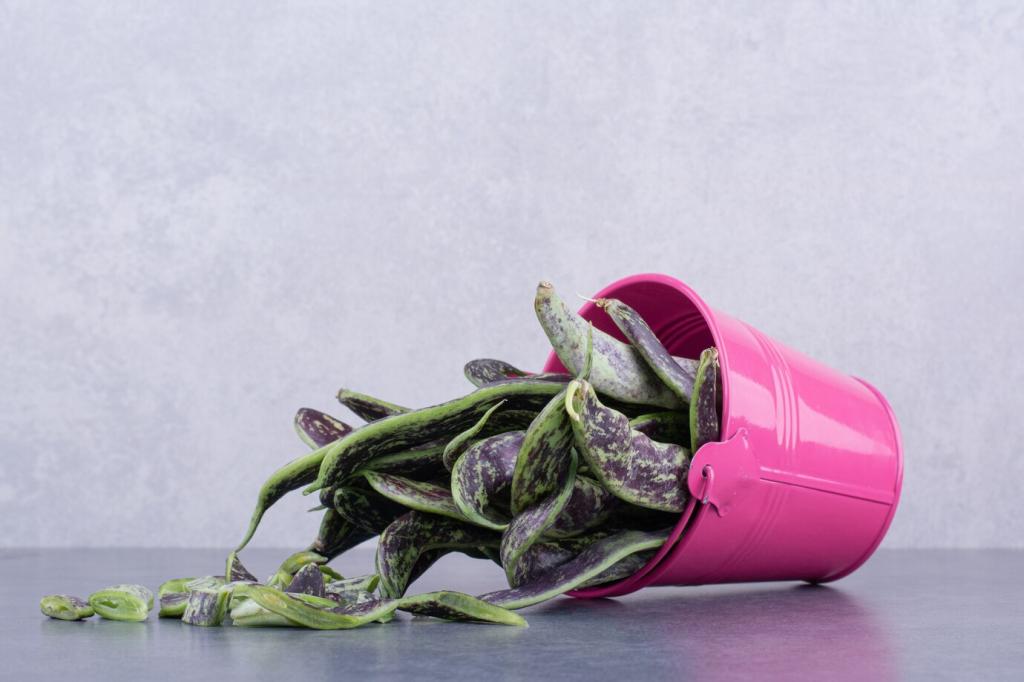
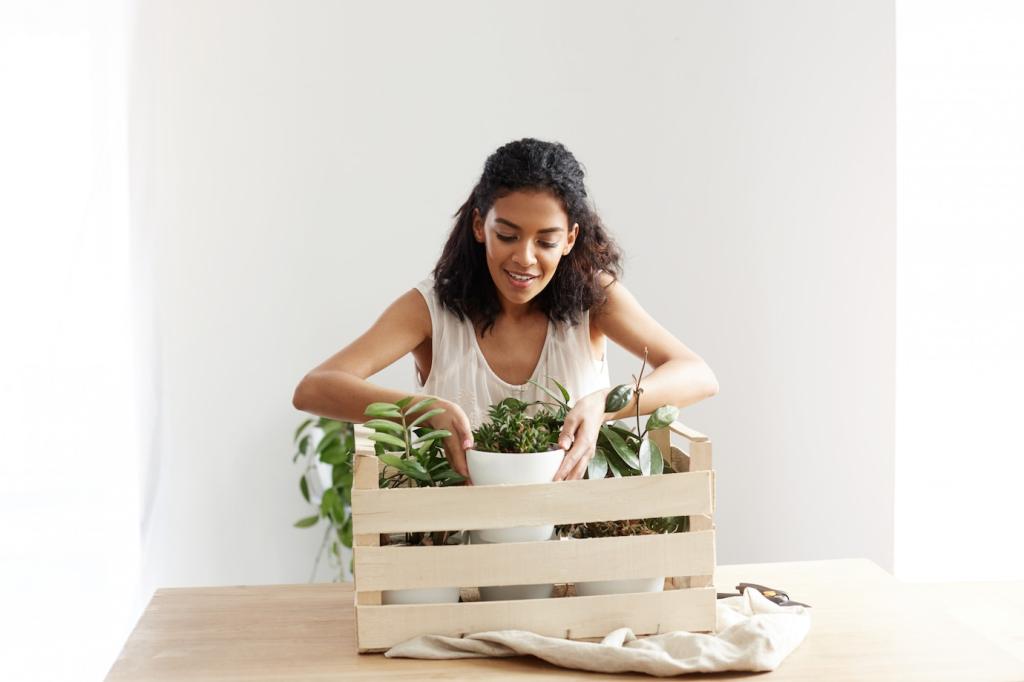
Select Materials and Tools that Fit Small Spaces
Choose food-grade buckets, lidded storage totes, or stacking crates lined with mesh. Avoid brittle plastics that crack in sun. Wooden wine crates with a plastic liner work beautifully. Upcycling keeps costs low and gives your bin a unique, balcony-friendly look.
Select Materials and Tools that Fit Small Spaces
A drill with 6–10 mm bits, stainless screws, fine metal mesh, and a small spigot or bulkhead fitting help immensely. Add a hand saw, utility knife, and bungee cords. A shallow tray, coir bricks, and a scoop will streamline maintenance and cleanup.


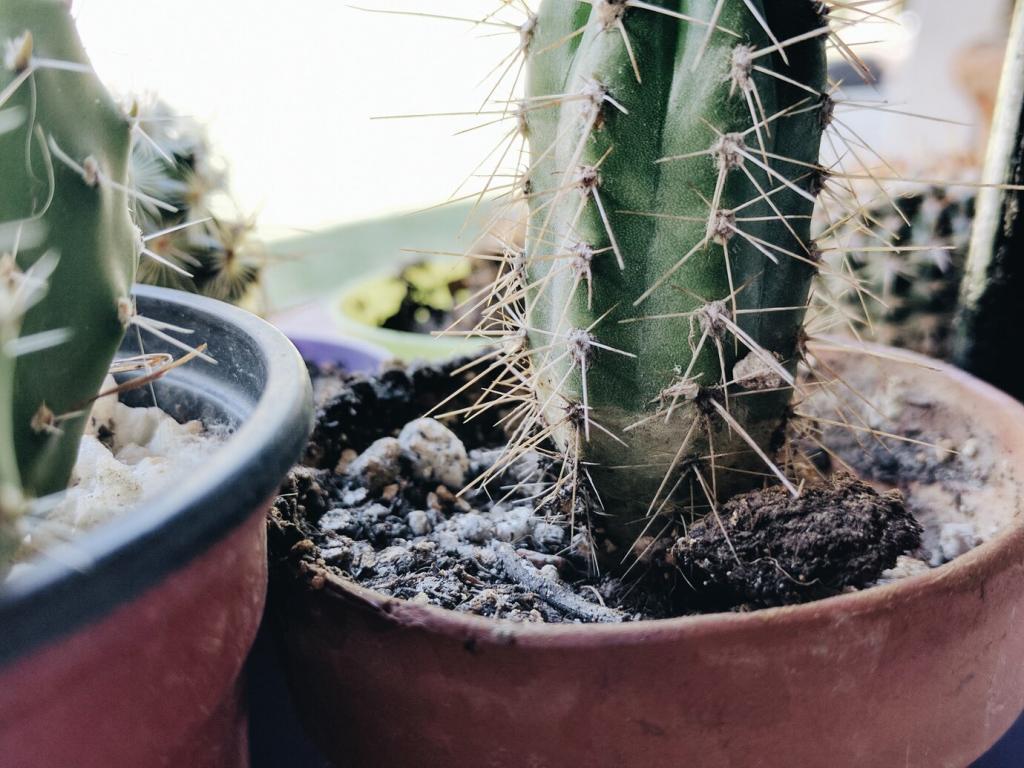
Build the Bin: Simple Steps for a Tight, Tidy Setup
Mark hole lines around the sidewalls and lid, then drill slowly to prevent cracks. Sand edges smooth. Affix fine mesh inside with stainless screws or waterproof adhesive. If installing a spigot, drill low, fit the bulkhead, and test for leaks with a water fill.
Build the Bin: Simple Steps for a Tight, Tidy Setup
Start with a base layer of coarse browns: twiggy stems, shredded cardboard rolls, or dry wood chips. Add a shallow layer of mature compost or finished soil to inoculate microbes. Keep a separate bag of fluffy browns ready as a constant cover material.


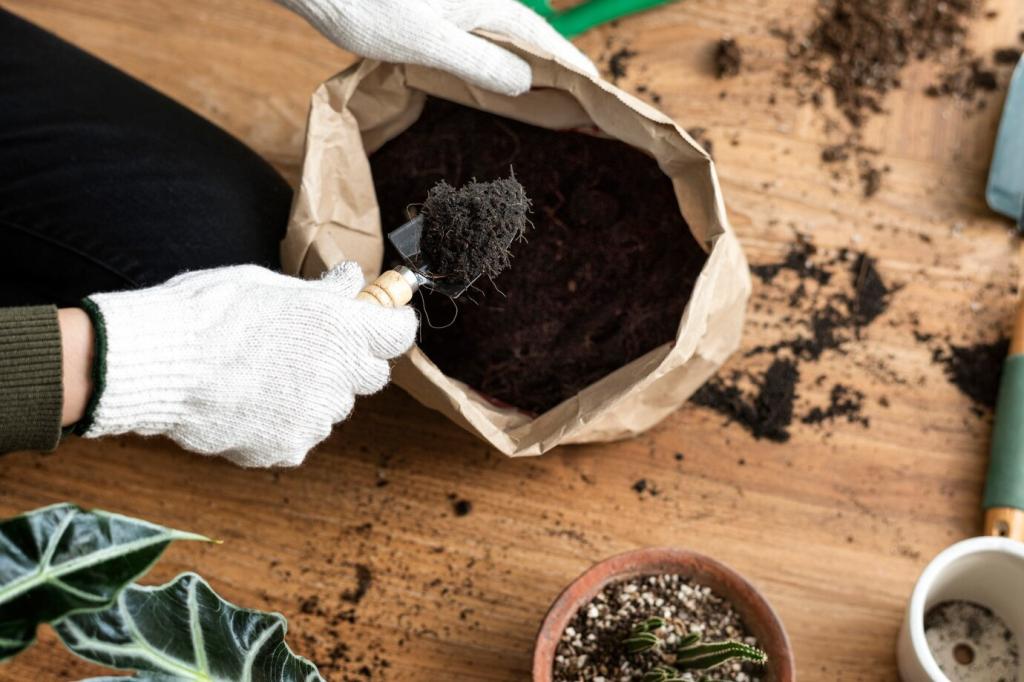
Operate Smoothly: Feeding, Turning, and Monitoring
Chop scraps to thumb-size or smaller to speed breakdown. Add modest amounts two to three times a week. Always cap fresh greens with a blanket of browns. If you cook heavily on weekends, batch freeze scraps, then feed and cover in one organized session.
Seasonal Care, Troubleshooting, and Harvest
Bury scraps deeply, keep surfaces capped with dry browns, and seal the lid snugly. Add a mesh screen under the lid. If fruit flies appear, pause feeding for a week and set a vinegar trap nearby. They fade as carbon balance returns.
Seasonal Care, Troubleshooting, and Harvest
In hot spells, shade the bin and feed smaller amounts. In winter, insulate with an old blanket or cardboard jacket and feed less often. Keep rain off with a lid overhang and tray. Adjust browns to protect the wrung-sponge moisture target.
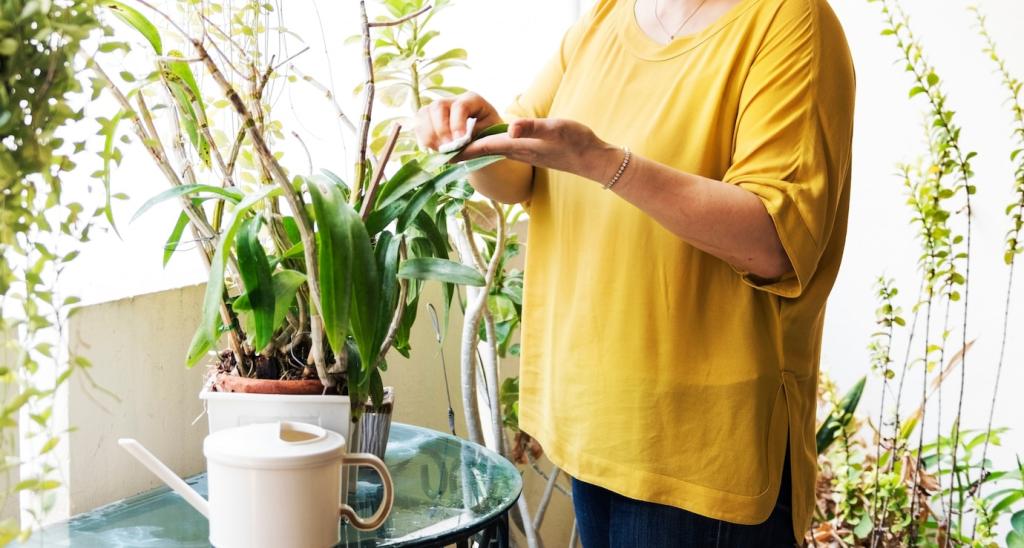
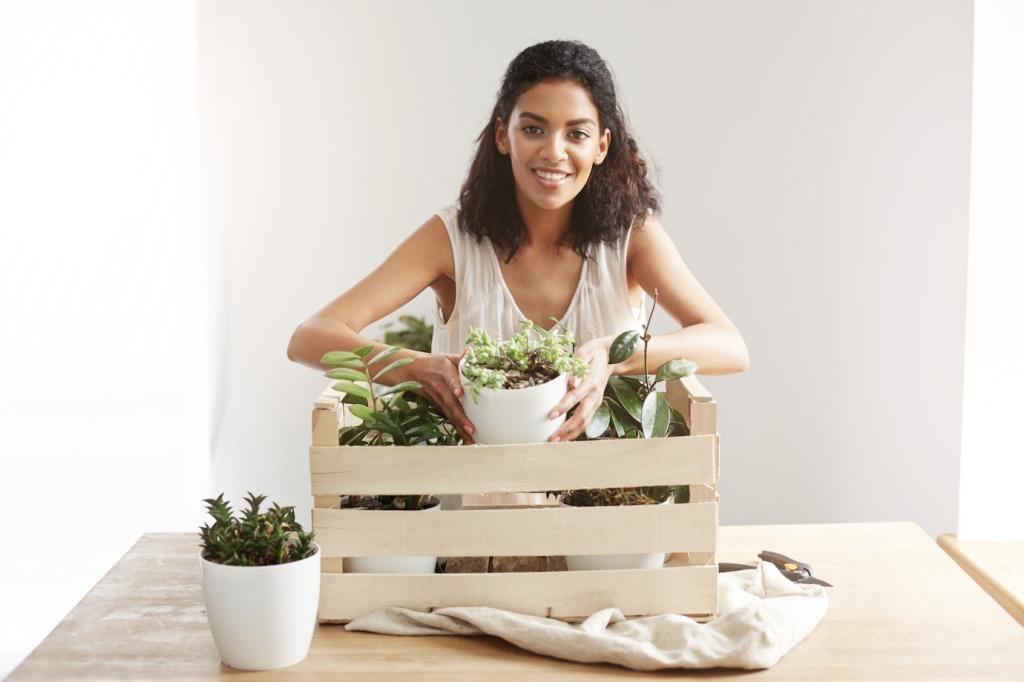
Join our mailing list
